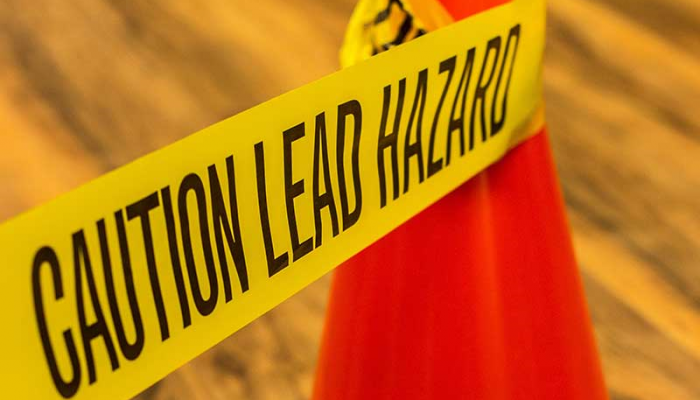Anyone who has small children knows they sometimes put things in their mouths they shouldn’t. That’s especially dangerous if they ingest something that contains lead.
Lead is harmful when eaten or inhaled. We learned that more than 50 years ago. As a result, lead was banned from many products in the 1970s. But children will be children. And kids who live in older homes where lead paint was frequently used are at a higher risk for lead poisoning.
When newer paint is chipped or chipping, children are able to get their hands on layers of older paint that contain lead. If they put paint chips in their mouths and ingest them, they’re at risk for lead poisoning. Because of that – and in recognition of National Lead Poisoning Prevention Week – the Health Department is emphasizing the importance of testing for lead in children.
Why is lead dangerous?
Lead is a neurotoxin, which means it can damage a person’s nervous system or brain. If someone eats or breathes lead, research has shown it can lead to:
- Speech problems
- Developmental delays
- Decreased growth
- Seizures
- Kidney damage
Have your child tested
The best way to protect children from lead poisoning is to have them tested. A healthcare provider can conduct a simple test by drawing a tiny amount of blood from your child with a finger or heel prick. If the test finds lead in the blood, the Health Department will work with you to remove lead from your home.
Every child in Philadelphia should be tested for lead at least twice before age six. Talk with your child’s healthcare provider about testing for lead. It’s important.




